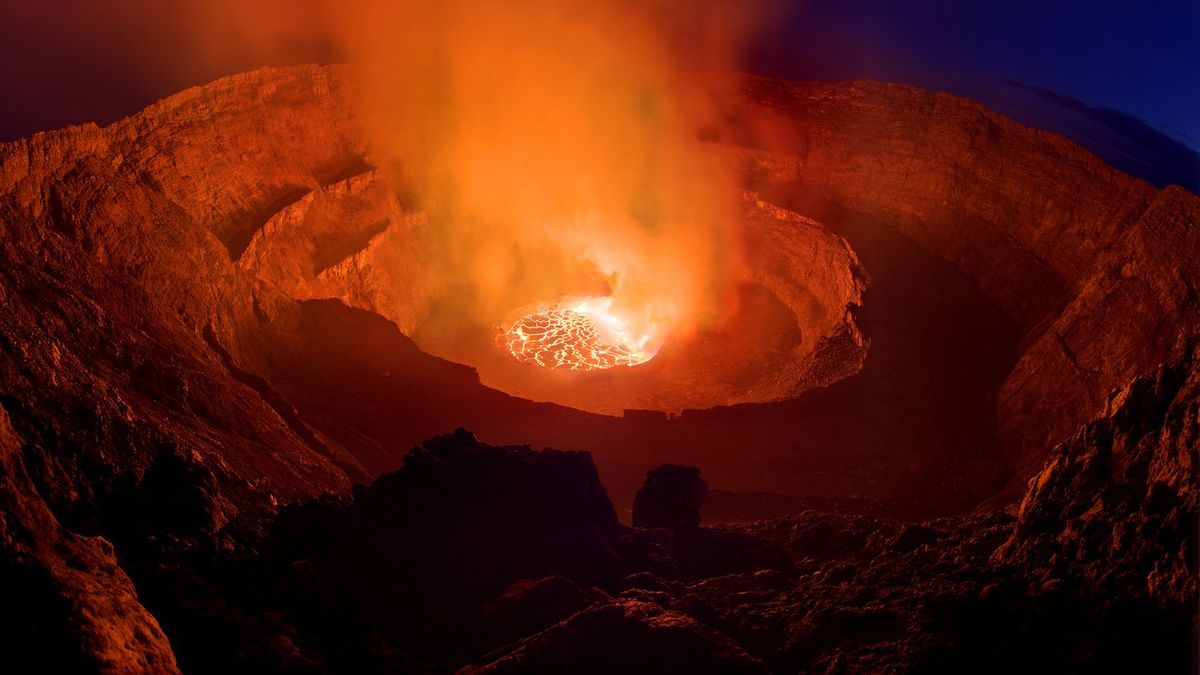NASA’s Parker Solar Probe He added a new milestone to his already impressive list of accomplishments: He survived a massive solar explosion, Known as a coronal mass ejection (CME).
This event – which occurred in September 2022, and according to NASA, It was “one of the most powerful solar explosions ever recorded.”– Provided scientists with an unprecedented view of solar phenomena that have the potential to wreak havoc on Earth’s technological infrastructure.
As described in the article by L Mashable, The probe spent about two days monitoring the coronal ejection, becoming the first spacecraft to fly through a solar explosion of this size near the Sun. The probe is equipped with a durable heat shield that allows it to withstand intense bursts of radiation, making it an invaluable tool for studying solar behavior.
Parker probe It came about 9.2 million kilometers from the surface of the sun, which is a closer distance than that reached by Mercury in its orbit around the sun. A study recently published in… Astrophysical Journal. Ejections from the Sun can expel billions of tons of charged particles at speeds between 100 and 3,000 kilometers per second. When these particles head toward Earth, they can disrupt the planet’s magnetic field, generate stunning aurorae, and destroy satellite electronics and Earth’s power grids.
Scientists say the potential damage from a coronal ejection of this size could be enormous. A similar event in 1989 led to a power outage that affected millions in Quebec, Canada. The information collected by the Parker probe could also be Helping researchers predict the impact of future coronal ejections on Earth, Allow countries or regions to take preventive measures, such as temporarily shutting down the power grid.
The Parker Solar Probe’s mission is not over yet. In 2024, the spacecraft is expected to reach a speed of 690,000 kilometers per hour as it approaches a distance of 6.2 million kilometers from the sun.
In addition, scientists are working on Understand how the event developed Comparing measurements collected by the probe inside the CME with those collected outside it. “Simplified models try to explain certain aspects of the phenomenon, but when you are so close to the Sun, none of these models can explain everything,” explained the study’s lead author, Orlando Romeo, from the University of California, Berkeley. “We still don’t know exactly what’s going on there or how to connect it,” Romeo added.
As the probe continues its mission, scientists hope to obtain more data that can help mitigate the risks associated with severe space weather.
Experts expect the probe to record an increase in the number of large coronal mass emissions as the Sun approaches its highest point of activity, an event that is expected to occur in 2025 within its regular 11-year cycle. The probe’s next mission near the sun is scheduled for September 27.

:quality(85)/cloudfront-us-east-1.images.arcpublishing.com/infobae/RSYA6FIKCJDBLOUGNWIIXOTY6A.jpg)
:quality(85)/cloudfront-us-east-1.images.arcpublishing.com/infobae/TEQF6EONZRFGLLLDIDD4L2O4EE.jpg)

:quality(85)/cloudfront-us-east-1.images.arcpublishing.com/infobae/X3EWN3XYUNC6XMAZXFRBJ7U3SE.jpeg)